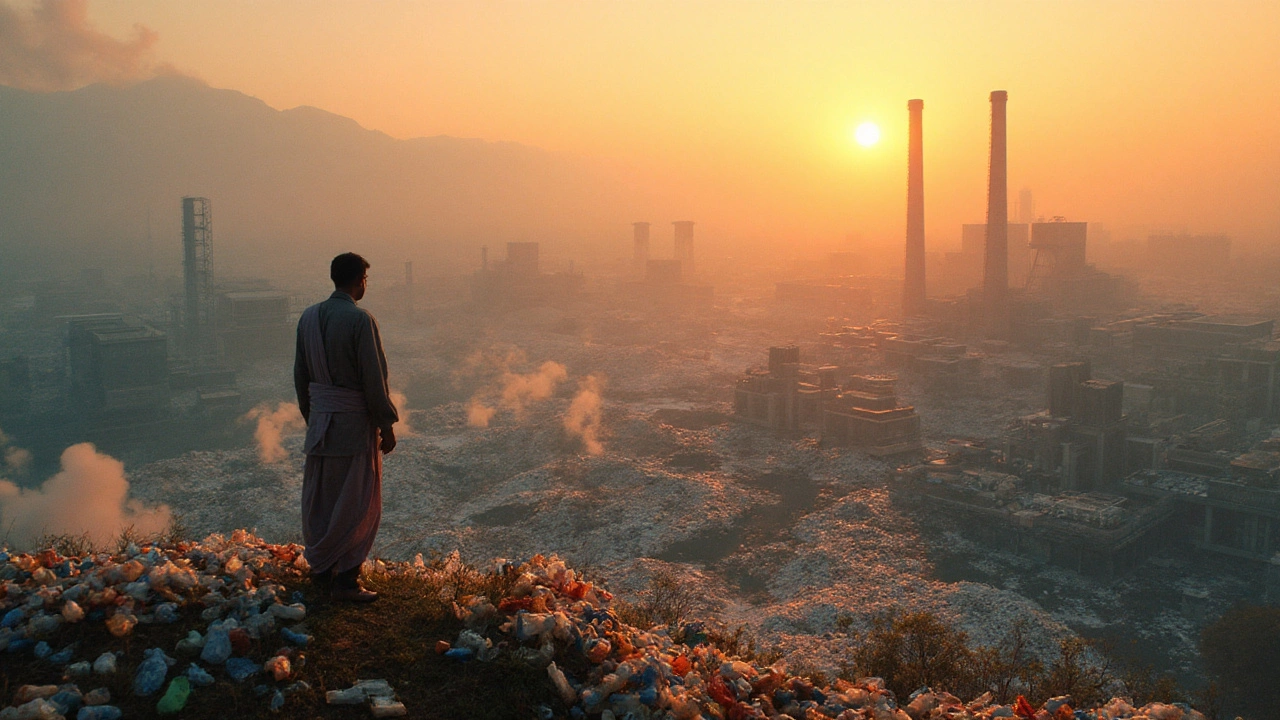Single-Use Plastic Production: What’s Really Happening in India?
Did you know India produces over 9 million tonnes of single‑use plastic every year? That amount could wrap the entire country in a thin film. The numbers sound huge, but the real issue is how fast it turns into litter that clogs streets, rivers, and oceans.
Most of the plastic you see at a grocery store – bags, cutlery, straws – starts its life in factories that churn out raw pellets. These tiny beads are mixed, melted, and molded into the everyday items we use for minutes before tossing away. The process itself isn’t the villain; it’s the sheer volume and the lack of a plan for what happens after use.
Why Manufacturers Matter in the Plastic Puzzle
Factories have the power to choose materials, design products, and set up recycling loops. When a company decides to use a cheap, non‑recyclable polymer, it locks the waste into a long‑term problem. On the flip side, a shift to recyclable or biodegradable plastics can cut landfill load dramatically.
Many Indian producers still rely on low‑cost, single‑use plastics because of tight margins and limited awareness. Yet newer regulations push for higher recycled content and stricter labeling, giving manufacturers a reason to rethink their formulas.
Practical Steps to Reduce Plastic Waste
1. **Switch to recycled resin** – Buying pellets that already contain recycled material reduces the need for virgin plastic and cuts carbon emissions.
2. **Design for reuse** – Simple changes like thicker bags that can be used multiple times or containers with lock‑tight lids extend product life.
3. **Partner with local recyclers** – Setting up take‑back programs helps close the loop and can even create a new revenue stream from recovered plastics.
4. **Invest in alternative materials** – Bioplastics from plant fibers or compostable films are becoming cheaper as demand grows. A pilot run can show whether the switch makes sense for your product line.
5. **Educate the workforce** – When factory staff understand the impact of waste, they’re more likely to spot inefficiencies and suggest improvements.
These actions don’t require a massive overhaul. Even a 10% increase in recycled content can shave off thousands of tonnes of waste each year.
For small producers, the first step could be a simple audit: track how many kilograms of plastic you pour into the market versus how much you recover. The data will highlight quick wins and justify larger investments.
Consumers are also playing a part. When shoppers ask for refillable options or refuse single‑use bags, they signal to manufacturers that the old ways no longer work. This demand pressure is already prompting big brands to roll out reusable packaging.
In short, single‑use plastic production isn’t going away overnight, but the industry can steer the ship toward a cleaner future. By choosing smarter materials, designing for reuse, and linking up with recyclers, Indian manufacturers can turn a waste problem into a growth opportunity.
Ready to make a change? Start with a quick material review, set a modest recycling target, and watch how small tweaks add up to big environmental gains.

Who Is the Largest Producer of Single-Use Plastic? - Global Rankings & Impact
Discover why China tops the list as the biggest single-use plastic producer, explore the data behind global output, and learn what it means for waste and policy.
